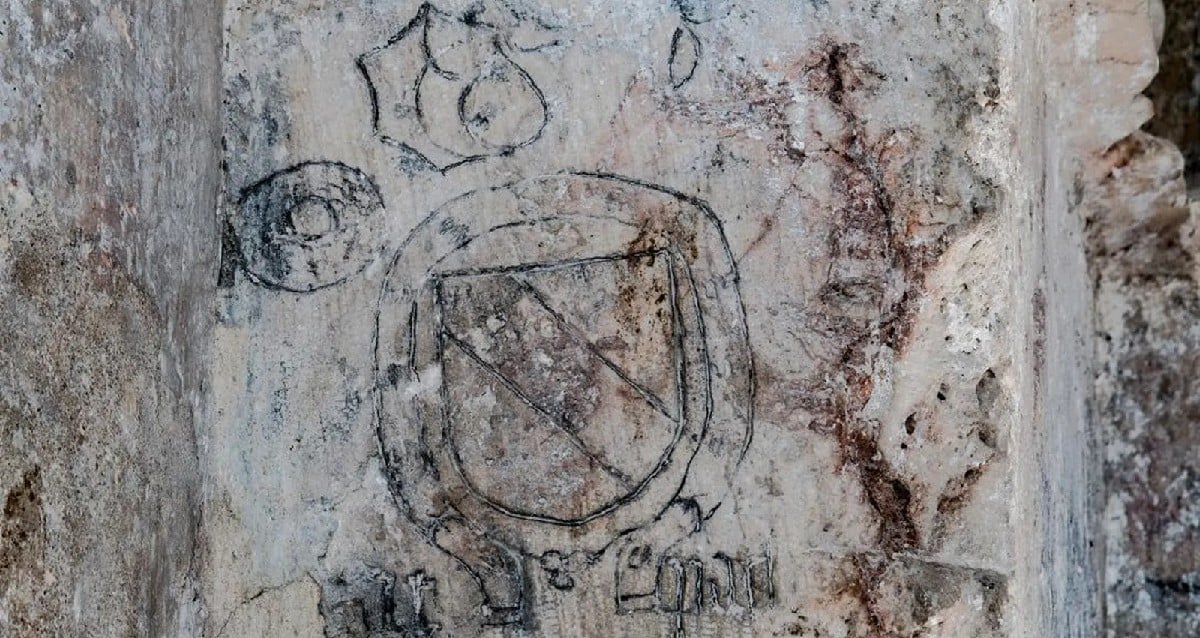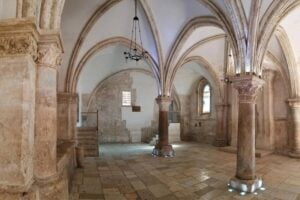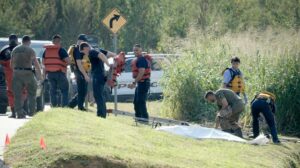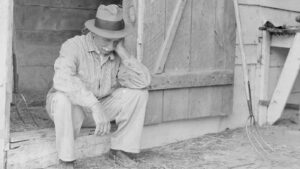Mysterious Medieval Symbols Emerge at the Site of Christianity's Holiest Meal
The Ottomans then covered the walls in thick white plaster, hiding the graffiti from view for centuries. Though the medieval inscriptions were first detected in the 1990s, it took another several decades for researchers to understand what they said — a project that is ongoing.
Based on what’s been uncovered so far, the graffiti at the Cenacle in Jerusalem offers a stunning window into the past. There are few things more human than wishing to leave a mark and, thanks to modern technology, the inscriptions left by medieval pilgrims at this holy site can finally be interpreted.
After reading about the medieval graffiti left at the Cenacle in Jerusalem, discover the full story of why Jesus was crucified. Then, learn the truth about what Jesus looked like as well as his real name.

Auto Amazon Links: No products found.














